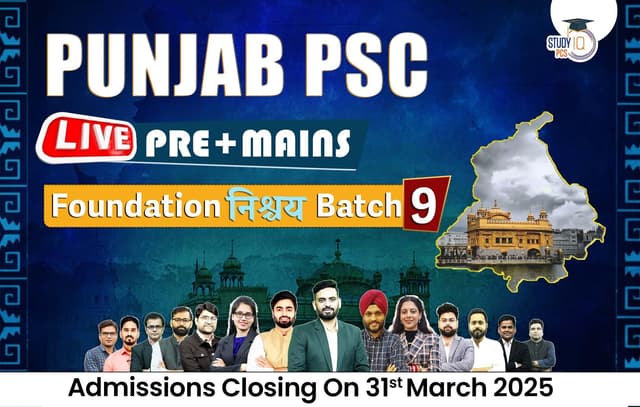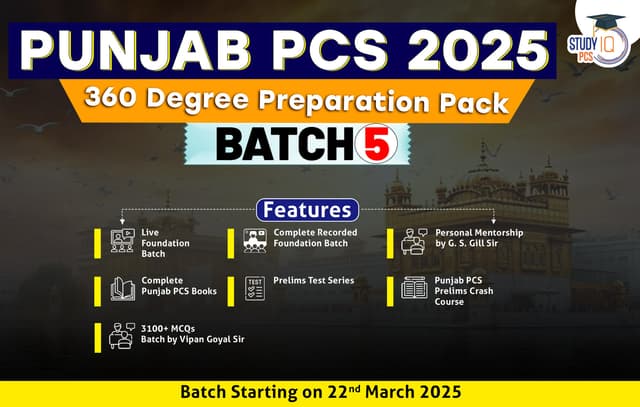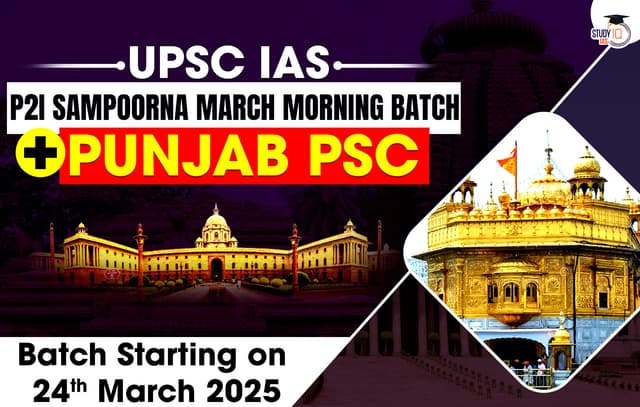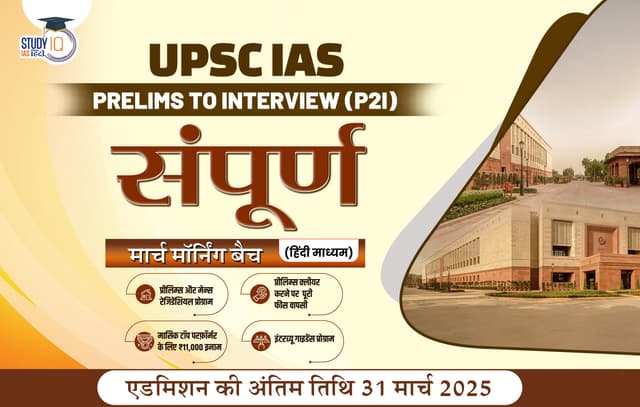A musical instrument is any device used to produce musical sounds. They can be classified based on the method of sound production: percussion (drums), stringed, keyboard, wind, and electronic. Instruments have been integral to human culture throughout history, with evidence of early instruments such as pipes, whistles, clay drums, and shell trumpets found in archaeological records.
- Algoze
The Algoze, also known as Jorhi, Do Nally, Satara, or Ngoze, is a pair of wooden flutes. It is played by using three fingers on each side and is primarily used in folk music such as Jugni, Jind Mahi, and Mirza. It is a wind instrument that generates a rhythmic, swinging sound by rapidly breathing into it. - Bugchu
Bugchu is a simple yet unique wooden instrument native to Punjab. It is used in folk music and dances like Bhangra and Malwai Giddha. Its shape resembles the damru, a small drum, and it produces distinctive sounds when played. - Chimta
Chimta, which translates to “tongs,” is often used in Punjabi folk songs and Gurbani Kirtan (Sikh religious music). The instrument consists of a long, flat piece of steel or iron, with jingles or rings attached along its sides. When struck together, it creates a distinct chiming sound. - Dafli
The Dafli, also known as Dappler or Tambourine, is a frame drum used in both popular and classical music. It is made of hardwood with metal rings attached to the frame. It is commonly used to accompany instruments like the dholki in celebratory events, enhancing the mood and tempo. - Dhadd
The Dhadd, similar to a damru, is an hourglass-shaped wooden drum with tightened skins on both ends. It is used in traditional ballad singing and was popular among Dhadis, who narrate heroic and historical stories, especially those of Sikh Gurus. - Dhol
Known as the soul of Bhangra, the Dhol is a barrel-shaped percussion instrument that produces rhythmic beats. Traditionally made with goatskin, it features both high (treble) and low (bass) tones. It is played using two drumsticks—Tili (thin cane) and Dagga (crooked wooden stick)—creating the infectious rhythm that drives dance. - Gagar and Gharah
Gagar, a metal pitcher, and Gharah, an earthen pitcher, are musical instruments used in Punjabi folk songs and dances. They are played by striking their sides or the open mouth of the pitcher, producing unique sounds, often accompanied by finger rings for rhythm. - Kato
Kato is a wooden instrument shaped like a squirrel at one end. When the player pulls ropes tied to the squirrel’s mouth and tail, it produces a low clapping sound. It is used in folk dances like Bhangra and Malwai Giddha. - Khartal
Khartal is a hand-clapping instrument made from wood and used mainly in devotional and folk songs. It features discs or plates that generate a clicking sound when clapped together, creating a rhythmic accompaniment. - Pakhawaj
A large, barrel-shaped drum known as Pakhawaj (or Mardal), this instrument has two heads with wooden wedges used for tuning. It is commonly played while seated cross-legged, and the paste on the drum heads helps produce a variety of tonal effects. - Rabab (Fiddle)
Rabab is a lute-like stringed instrument, originally from Central Asia. It features a hollow wooden body covered by a membrane and is played with a bow. The instrument typically has three melody strings and several sympathetic strings, and it is central to traditional Punjabi music. - Sarangi
The Sarangi is a short-necked string instrument, primarily used in Hindustani classical music. It has three main strings and many sympathetic strings, and is held vertically while played. It has a distinctive sound, which is often used to accompany vocal performances. - Sarod
The Sarod is a stringed instrument of the lute family and is an adaptation of the Afghan Rabab. It is played with a bow and is an important concert instrument in Hindustani classical music, typically accompanied by tabla and tanpura. - Sapp
The Sapp (also known as Chhikka) is a wooden instrument used in Punjabi folk dances. It consists of X-shaped parts and is played by expanding and collapsing it to produce loud clapping noises, which complement the energetic movements of the dancers. - Tabla
The Tabla consists of two drums—one large (bayan) and one small (dahini or dayan). Played by hand, the tabla is capable of producing a wide range of tones due to the different thicknesses of the drumheads and the tuning paste applied to them. - Taus
The Taus is a bowed string instrument, named after the Persian word for “peacock.” It is often associated with the Sikhs and has historical connections to Punjab, with some traditions attributing its invention to Guru HarGobind Ji. - Toombi
Toombi, or Tumbi, is a traditional string instrument from Punjab, known for its single string that can produce both high and low tones. It is commonly used in Punjabi folk songs like Mahiya, Challa, and Jugni, and was popularized by renowned folk singer Lal Chand Yamla Jat.
Other notable instruments in Punjab’s musical tradition include the Dhap, Dholki, Dilruba, Ek-Tara, Ghungroo, Nagara, Pungi, Saraswati Veena, Shehnai, Sitar, Saranda, Swar-Mandal, Talam, and Tanpura. These instruments contribute to the rich, diverse musical culture of the region.


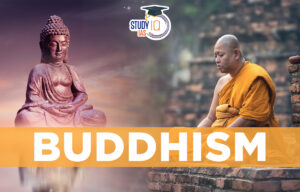 Buddhism History, Origin, Sect, Councils...
Buddhism History, Origin, Sect, Councils...
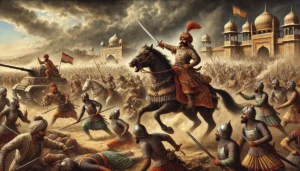 Rana Sanga: The Fearless Rajput King and...
Rana Sanga: The Fearless Rajput King and...
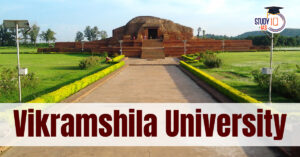 Vikramshila University Revival, Location...
Vikramshila University Revival, Location...
